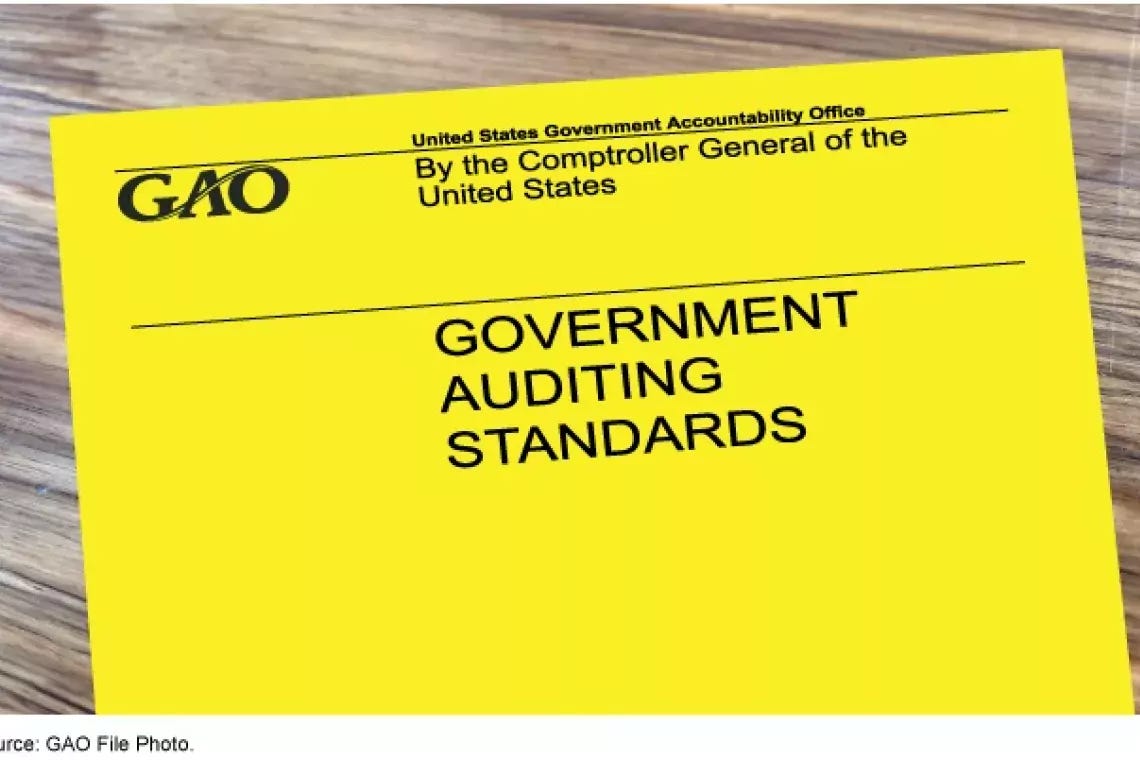#51: CIVICS 101: The Legislative Branch
Q&A #51: What is the congressional budget process?
Our American Government
Our American Government is a small book published by the House of Representatives for citizens and those who seek a greater understanding of the American interpretation of democracy. It follows a question-and-answer format and covers a broad range of topics dealing with the three branches of our Government, the electoral process, and the role of political parties.
The Savvy Citizen is reproducing the 169 questions-and-answers through a series of posts called Civics 101. Each post will contain the Q&A as well as some additional commentary to add historical context, fun facts, or anything we believe will add to our collective understanding of these topics.
Think of it as your adult Civics class but without the test!
Let’s keep at it.
SECTION: The Legislative Branch: The Congress
Congressional Process and Powers
Q&A #51: What is the congressional budget process?
The congressional budget process, established by the Congressional Budget and Impoundment Control Act of 1974, is the means by which Congress develops and enforces an overall budgetary plan, including levels for total revenues, total spending, and a surplus or deficit.
This blueprint for all Federal spending is established in the form of a concurrent resolution on the budget. Spending authority is then allocated to congressional committees pursuant to this resolution. The rules of both the House and Senate prohibit spending measures in excess of these allocations.
Any changes in existing law that are necessary to achieve these targets can be enacted in the form of a reconciliation bill.
My Thoughts
Some highlights on the Impoundment Control Act of 1974 from the General Accounting Office. You can read the full comments here.
The Impoundment Control Act of 1974 created the procedural means by which the Congress considers and reviews executive branch withholdings of budget authority. It requires the President to report promptly to the Congress all withholdings of budget authority and to abide by the outcome of the congressional impoundment review process.
Although the basic framework of the act is sound, there are several refinements that could be made to the law and the way it is administered. Administratively, the Office of Management and Budget (OMB) should:
specify the duration of proposed partial-year deferrals,
identify all impoundments of congressional add-ons to executive branch budget requests,
note whether there have been previous impoundments proposed for each program in which withholdings currently are proposed, and
improve the timeliness of presidential impoundment reports.
Legislative recommendations include:
repeal of the requirement to report routine impoundments in the form of budgetary reserves,
providing a means to reduce the 45-day period during which funds can be withheld pending rescission requests,
requiring a statement of the exact duration of proposed partial-year deferrals,
elimination of the 25-day waiting period before the Comptroller General can initiate legal proceedings to compel the release of impounded budget authority, and
specifying when impoundments may be proposed after prior impoundments for the same program have been rejected by the Congress.
President Trump’s first impeachment arose from an alleged violation of the ICA due to withholding funds from Ukraine. There is now a movement to repeal the ICA in its entirety.
—
Back next time with Q&A #52: What is sequestration?
Meanwhile, don’t forget that we’re organizing the post links on a single page available here.
xo,
Kelley for the Savvy Citizen Team
February 20, 2025





